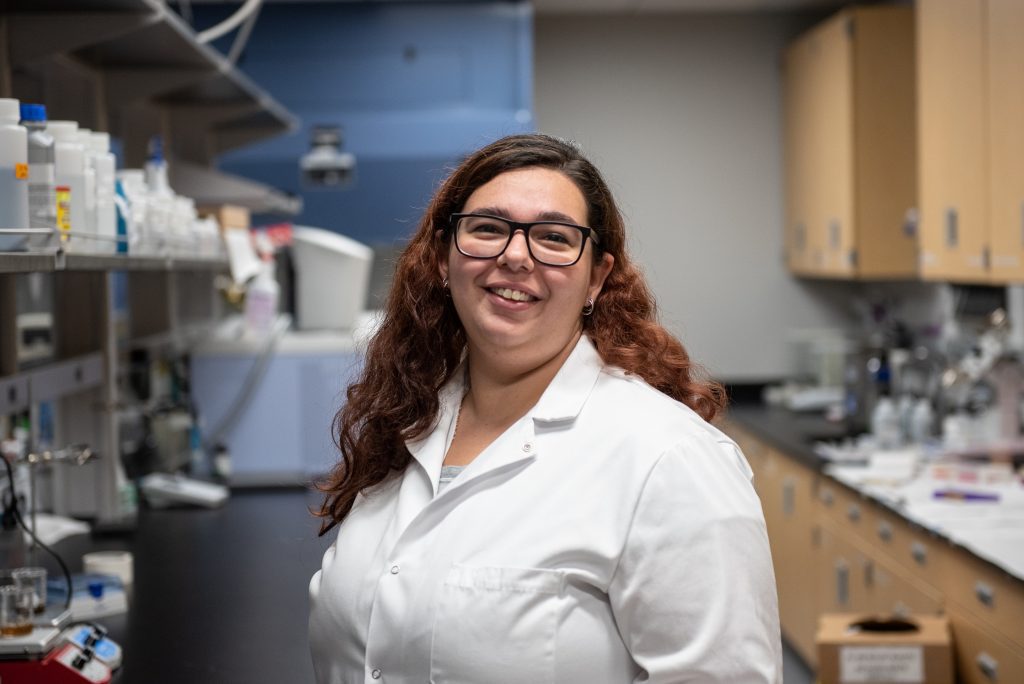Radioactive Contaminant Research Receives Boost from American Chemical Society

New research on radioactive iodine has received the American Chemical Society Award in Environmental Chemistry.
Ilana Szlamkowicz recently received the award for her research in the fate of iodine, a radioactive contaminant that results from nuclear fission in the environment.
“We’re trying to find ways to lower the risk of people encountering radioactive iodine,” Szlamkowicz explained, who is a member of the Uknighted Chemistry Graduate Student Association.
Szlamkowicz studies how contaminants behave in different environments such as rivers and oceans. Part of the reason she focuses on nuclear waste and radioactive contaminants is the harmful effects it poses to the environment and people.
According to the United States Environmental Protection Agency, large quantities of iodine can burn the eyes and skin, while internal exposure damages the thyroid gland. Specifically, exposure stops this small organ near the Adam’s apple from distinguishing between radioactive iodine and stable (nonradioactive) iodine.
Szlamkowicz’s research focuses on the three iodine oxidation states most common in the environment: iodate, elemental iodine and iodide. The oxidation state reveals how iodine is impacting the environment and its related level of human toxicity. Specifically, lab experiments are searching for ways to mitigate or eliminate radioactive iodine in water.
“We need to remediate the environment in some way and find a solution to prevent radioactive iodine from going into the river and spreading,” Szlamkowicz said.
